About the author

Frank Scherbaum
By way of some background, my involvement with the study of Georgian music started with a chance meeting with Meinard Müller, Professor for Semantic Audio at the University of Erlangen, at the 16th International Conference of the Society for Music Information Retrieval (ISMIR) in Malaga/Spain in 2015. A short conversation before a concert, turned into an email contact and then a spontaneous collaboration on the acoustical analysis of the Tbilisi State Conservatory Recordings of Artem Erkomaishvili of 1966 (working together as advisors of Sebastian Rosenzweig’s master thesis).
What makes these recordings so precious for research today is the special recording setup which was used. Since in 1966 there were no fellow singers left, Artem Erkomaishvili had to perform all three voices by himself, which he did sequentially in what is now called overdubbing technique. The top voice was recorded first (as a solo voice), then played back to him while he sang the middle voice, and then the third voice. This overdubbing technique turned out to be very helpful for the reconstruction of the fundamental frequency (F0) trajectories used in our analysis of these recordings.
Five years have passed since then. The original spontaneous collaboration on a very special topic has by now developed into a large joint research project on the “Computational Analysis of Traditional Georgian Vocal Music (GVM),” which is being conducted at the Universities of Erlangen and Potsdam and funded by the German Research Foundation (DFG) over the past three years. We work in various international collaborations on different aspects of the material, which has resulted in a number of new publications.
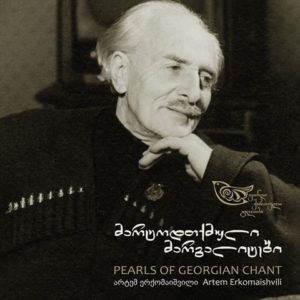 Artem Erkomaishvili Chant Recordings (1966)
Artem Erkomaishvili Chant Recordings (1966)
The aim of our most recent study, “Tonal Organization of the Erkomaishvili Dataset: Pitches, Scales, Melodies and Harmonies,” in collaboration with Nana Mzhavanadze, Simha Arom, Sebastian Rosenzweig, and Meinard Müller has been to find out what the Erkomaishvili recordings can contribute to the ongoing scientific dispute about traditional Georgian tuning systems.
As these recordings represent our only access to nearly 100 unique examples of Georgian liturgical chant, we think that readers of the articles on GeorgianChant.Org will be interested in our findings. Please see the full article at the Potsdam website under “The Heritage of the Old Masters.” Comments, suggestions, and your intellectual engagement are very welcome!
Additional articles and a description of the research process titled Fundamental Frequency Annotations for Georgian Chant Recordings is also available on this page of the International Audio Lab at Erlangen. Scrolling down on this page yields a list of the Artem Erkomaishvili chant titles. To the right, click on the “link” button to go to the next page, where a set of data visualizations appear.
The first visualization shows the spectrograph representation of each Artem Erkomaishvili recording. The second visualization shows each voice part represented by a different colored line moving through vertical and horizontal space. Finally, a chart shows which intervals are most prevalent and in what combinations. It also shows the precise frequency of these intervals.
Note that Artem’s intervals of a fourth (500 cents) and fifth (700 cents) are closely tuned to the Pythagorean scale, while intervals such as the third are far more neutral, falling somewhere between a minor third (300 cents) and a major third (400 cents).
For further research, please enjoy a large collection of the Artem Erkomaishvili audio recordings from 1966, remastered and posted on this site: www.alazani.ge
* * * * * * * * * * * * * * * * * * * * * * * * * * * * * *
Svanetian Singers
Our interest in the tuning system heard in the 1966 recordings of Artem Erkomaishvili has led to an extensive study of current singers in the high Caucasus region of Svaneti, where elderly singers versed in local oral traditions still sing in unique tuning system. Through several years of ethnomusicological expeditions into this region, and using a set of larynx microphones which enhance our ability to analyze subtle vocal frequencies.
The results of this study can be found here. The graphic below shows how to use the interface. For example, each singer’s vocal volume can be adjusted higher or lower (bottom left corner).
Another descriptor mentions the following: The solid curve (referred to as pitch distribution) represents the frequencies of occurrence of the “pitches” along the vertical cents axis. The sequence of center values of the various pitch groups (referred to as scale pitches), together with the intervals between them, represent the tuning system (sound scale) used in this song. Reminder: 100 cents = 1 semitone.
To hear these traditional singers perform the para-liturgical hymn Elia lrde (perhaps a dedication to Prophet Elia – Elijah), click on the video link below (published with permission). For a full reference of this performance, and to see many more like it, please see the project pages on the University of Potsdam website, linked here.
Please leave comments and questions in the space below, or contact Prof. Frank Scherbaum directly with questions. He can be reached at fs [at] geo.uni-potsdam.de
For further information, please view a lecture by Prof. Frank Scherbaum here, which introduces some of these topics:

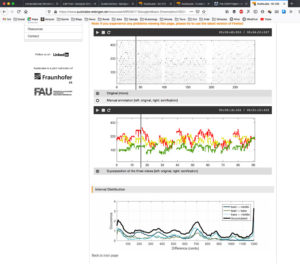
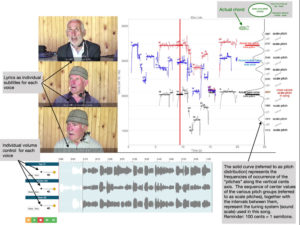
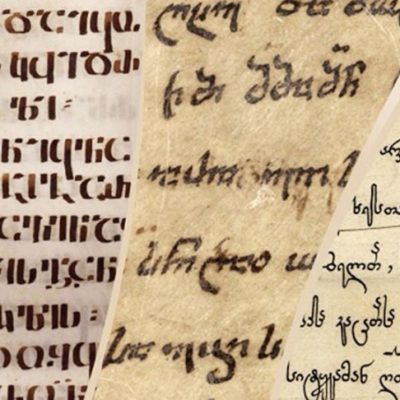
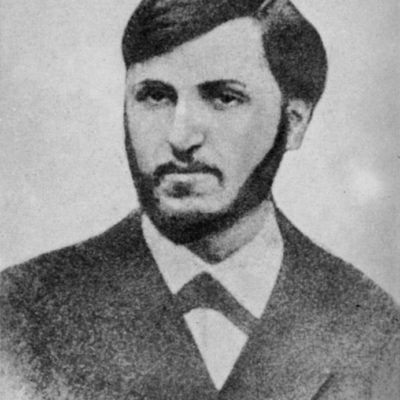
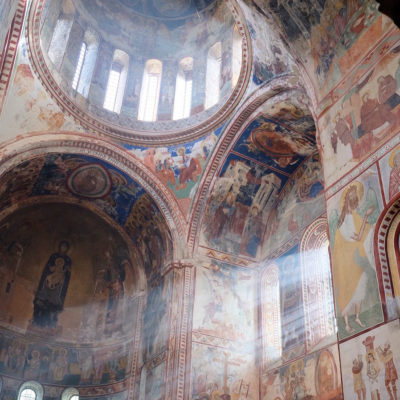
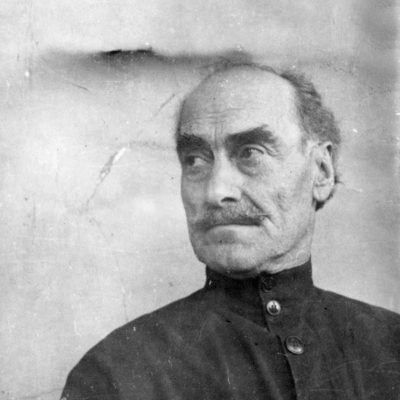
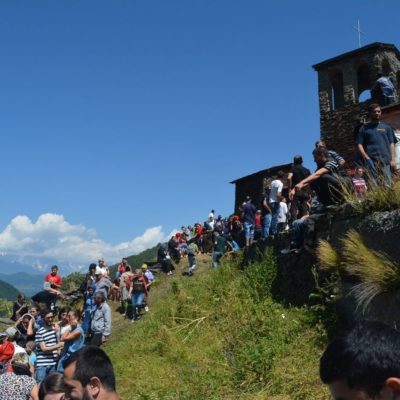
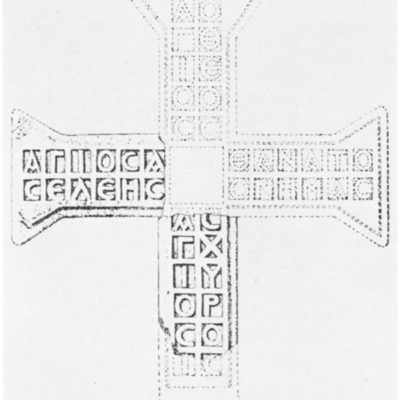
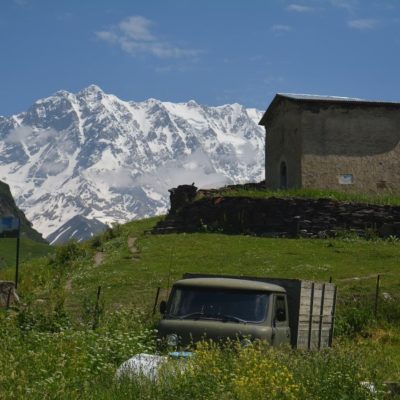
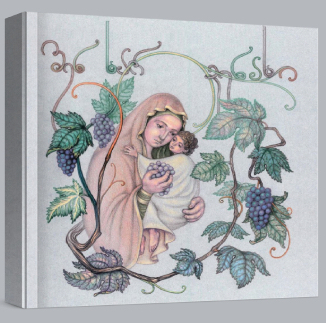
elide melchioni
WONDERFUL web site!
I want to tell THaNKS to you and your very clever work.
I read and listen whith a lot of emotion.
I hope visit Georgia in a future!